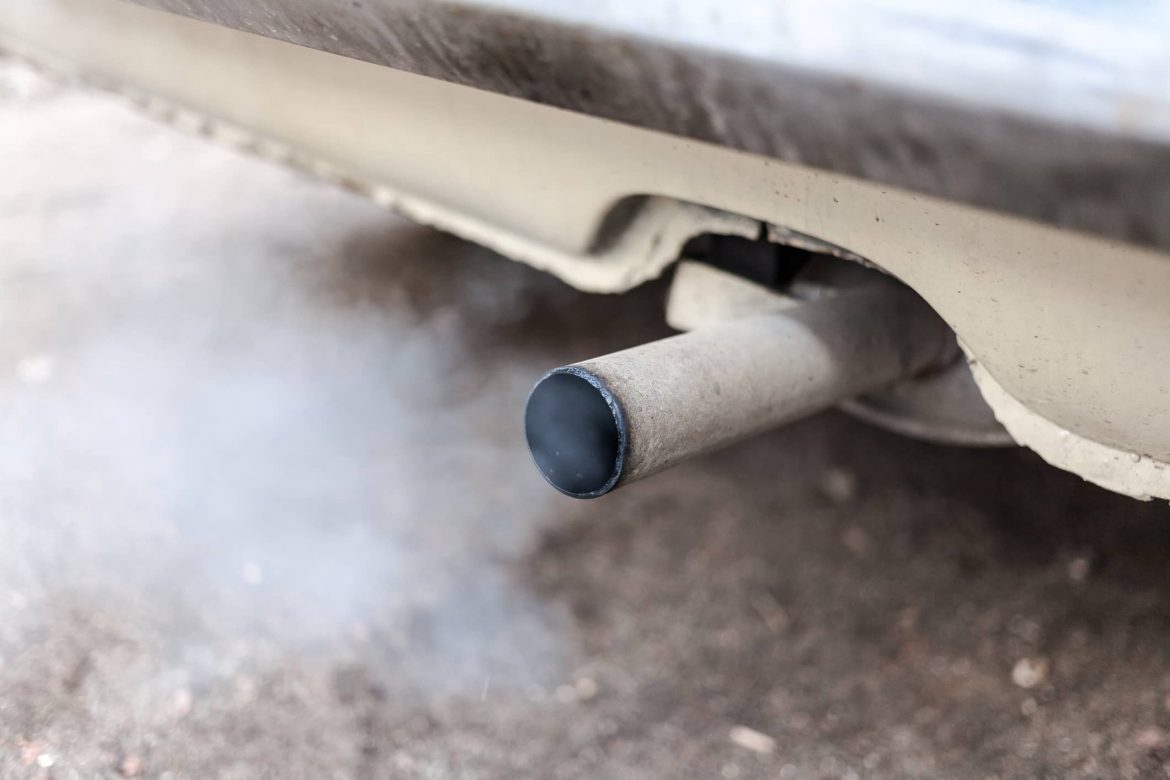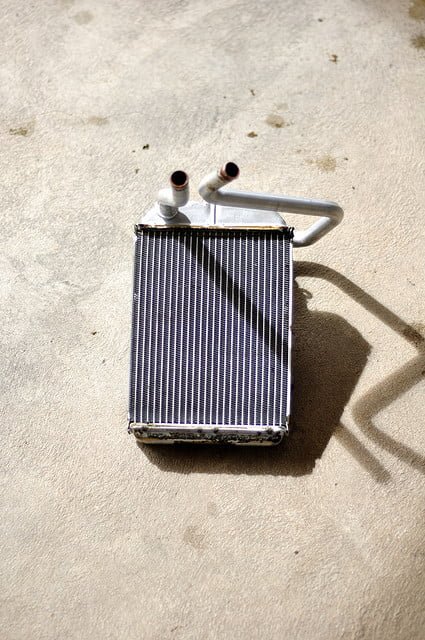 A cracked block can be a difficult problem to diagnose. Many times, these cracks manifest themselves in small coolant leaks and are often in the most obscure and hard to see areas of your engine block. Most cracked blocks happen due to constant stress concentrated in a certain area of your block over a long period of time finally causing a fracture. Some blocks crack catastrophically due to high cylinder pressures, excessive engine RPM or extreme overheating. For the most part, engine blocks crack much more subtly due to these small cyclical stress over a longer period of time.
A cracked block can be a difficult problem to diagnose. Many times, these cracks manifest themselves in small coolant leaks and are often in the most obscure and hard to see areas of your engine block. Most cracked blocks happen due to constant stress concentrated in a certain area of your block over a long period of time finally causing a fracture. Some blocks crack catastrophically due to high cylinder pressures, excessive engine RPM or extreme overheating. For the most part, engine blocks crack much more subtly due to these small cyclical stress over a longer period of time.
The corners and pockets in the casting of your engine block are the perfect place for heat stress to build up and for vibrations to cause even more stress to gather. The cast iron your engine block is made of is a very strong and hard metal, but these characteristics also make it relatively brittle. In some cases, these stress combined with a brittle material can cause cracking especially if it is near an area with thinning metal due to corrosion or erosion in the cooling chambers.
Cracks like these often show up as mysterious cooling system leaks that seem almost impossible to identify. The most common areas of the block to crack are at the bottom of the cooling passages where the block juts out to accommodate the oil pan and gasket. On most engines, these areas are covered by the intake or exhaust manifold, engine accessories, or other equipment in the engine bay like air filters, emissions control components or electronics.
The other thing that makes a cracked block difficult to identify is the scaling on the outside of your engine block will make it very difficult to see the crack. In many cases, the cracks also will close up as your engine cools and the metal contracts making it nearly impossible to find during the inspection of a cold engine.
If you suspect you have a crack in your block, the easiest way to find it is using UV dye. Simply add UV dye to the coolant in your cooling system and drive like normal for a few days. Then park your vehicle in a dark area, like a closed garage, and use an ultraviolet or black light to find the leak location. The UV dye should stick along the edge of the crack making it more obvious. You can also try using a grinding tool to remove the scale from the engine block in the area you suspect a crack to be in order to help make it visible.
When you’ve found the crack in your engine block the next question is how to repair it. There are various options but many of them have unproven track records of working well. Methods like cold metal stitching or drilling and tapping the crack don’t always give consistent results. Cast iron can indeed be welded, but needs to be done in a very controlled environment and can rarely be done while the motor is still assembled or in the vehicle.
The best option you have for fixing your cracked block is to use BlueDevil Radiator and Block Sealer. BlueDevil Radiator and Block Sealer is a chemical sealing agent that will form a barrier on the inside of the crack in your engine block sealing your cooling inside allowing you to continue using your vehicle leak free! BlueDevil Radiator and Block Sealer is not a particulate sealer so it will not harm or damage your cooling system.
For more information about BlueDevil Radiator and Block Sealer, click on the banner below!

You can find BlueDevil Radiator and Block Sealer at any of our partnering local auto parts stores like:
- AutoZone
- Advance Auto Parts
- Bennett Auto Supply
- CarQuest Auto parts
- NAPA Auto Parts
- O’Reilly Auto Parts
- Pep Boys
- Fast Track
- Bumper to Bumper Auto Parts Specialists
- S&E Quick Lube Distributer
- DYK Automotive
- Fisher Auto Parts stores
- Auto Plus Auto Parts stores
- Hovis Auto & Truck Supply stores
- Salvo Auto Parts
- Advantage Auto Stores
- Genuine Auto Parts stores
- Bond Auto Parts stores
- Tidewater Fleet Supply
- Bumper to Bumper Auto Parts
- Any Part Auto Parts
- Consumer Auto Parts
Pictures Provided By:
cracked_block.jpg – By uatp2 – Licensed by Thinkstock Photos – Original Link
BlueDevil Products can be found on Amazon.com or at AutoZone, Advance Auto Parts, O’Reilly Auto Parts, NAPA, and other major auto parts retailers.
6 responses to "How do I Fix my Cracked Block?"
6 Comments
Leave a Reply
Related Articles




I just started up my engine a Chana 1300 cc petrol engine
Block was machined new pistons fitted and cylinder head was done
Engine idled perfectly for about and hour and it ran smoothly no hard revving at all
I check water flow all ok pipes started to warm up check gauges all ok
Suddenlly the engin light came on and i check oil pressure since a new oil pressure switch was fitted oil was pumping ok but thrn i noticed oils turned milky and it mix with water but my new radiator show no sign of water mixing with oil
I spent huge amount on engine parts and machining can i use bluedevil to fix internal crack i suspect has occurred during the start and if so can i add it to my radiator with out draining engine oil
If you have a better procedure will you advise as im desperate to get my vechile on the road problem free
In anticipation
Hilton
Hilton-
Unfortunately, water/coolant getting back into the engine oil is a tell-tale sign of a blown head gasket. When using the BlueDevil Pour-N-Go Head Gasket Sealer, you are able to add it to your existing antifreeze mixture. If you are getting water/coolant into the oil, you would want to change the oil before and after the BlueDevil procedure.
Thank you!
-BDP
I have an old air cool veneer trencher it has a cracked block and there’s oil coming out of it I’ve jb welded it and slowed the oil leak will blue devil oil leak help
Dennis-
The BlueDevil Oil Stop Leak is only intended for leaks coming from rubber seals/gaskets. Unfortunately, we do not manufacture a product for the type of leak you’ve described. A hard part repair may be your best option.
Thank you!
-BDP
Do I replace the coolant after I use Blue Devil sealant? (It worked BTW thanks! Honda 2004)
Tony-
It is great to hear that BlueDevil was able to seal the leak on your Honda! You are able to drain the system completely and refill it with your regular 50/50 mix once the 50-minute idle is complete and the engine has had enough time to cool down. The product only goes through one heat cycle, so it would not give you any additional benefit by leaving it in or cause any adverse effects.
Thank you!
-BDP